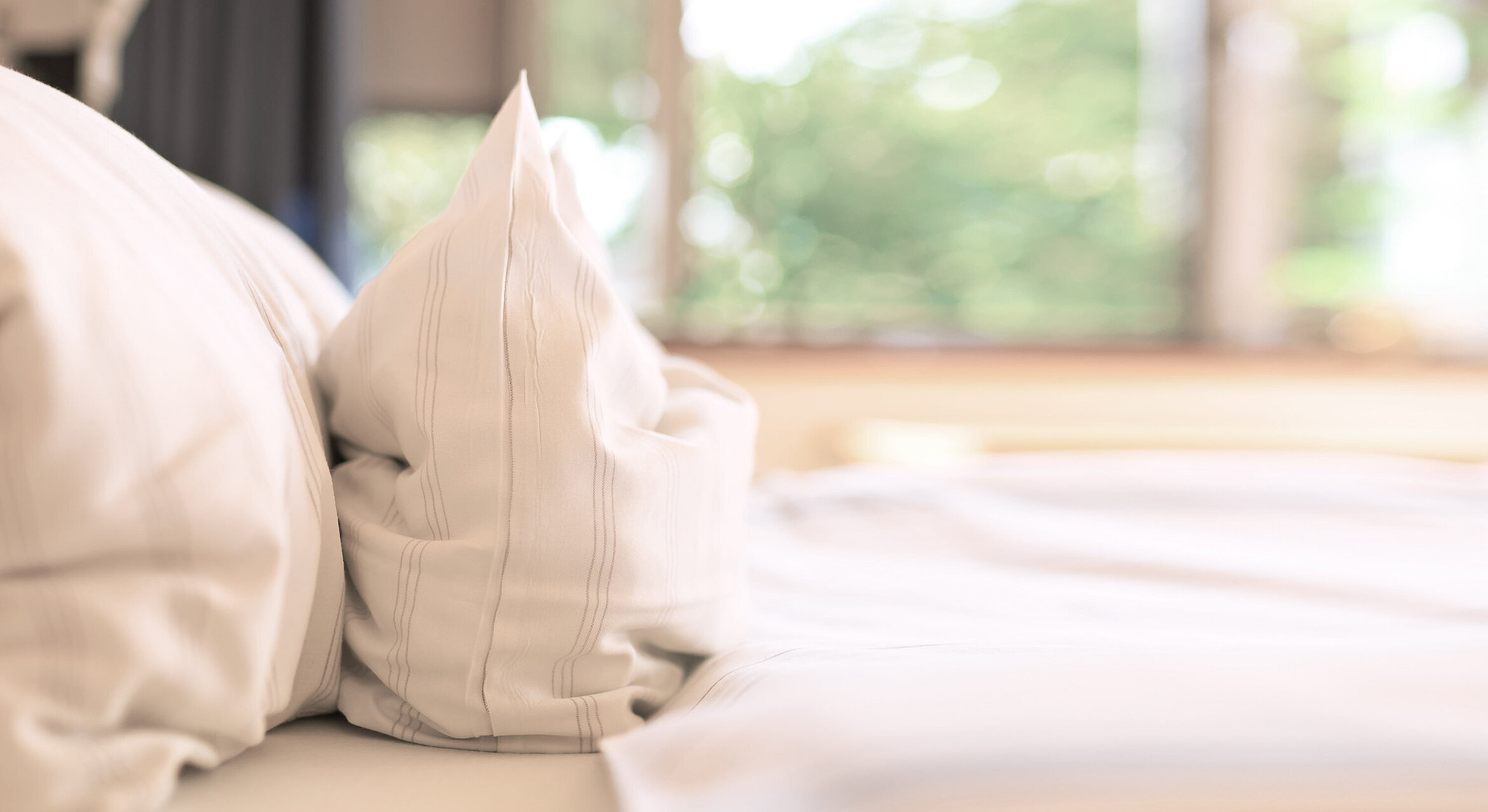
Your inpatient stay for brachytherapy
The day of your admission as an inpatient mainly involves the ward doctor performing a few remaining tests required for surgery and making preparations for your procedure. This includes:
- Blood and urine samples
- ECG and, if needed, X-rays (if not already taken in outpatient appointments)
- A conversation about the surgery, answering any questions you have
- Physical examination
- Ultrasound scans
- Any further tests required due to pre-existing conditions or findings, e.g. specific ultrasound scans
You will also have a detailed conversation with the anaesthetist about the anaesthetic used during surgery. Finally, the nursing staff will show you around the ward and your room, and tell you about nursing procedures during your stay. If you wish, you can also arrange a consultation with our psycho-oncologists.
For organisational reasons, these processes might happen in a different order on the day you are admitted. On the day of your admission, we will serve you lunch and a light evening meal. Your surgeon will also visit you at some point during the day to discuss the planned procedure.
Surgery date
It is important that you arrive at the clinic promptly on the day of your surgery. If the door is looked, please use the buzzer for your ward. When you get to the ward, please make yourself known to nursing staff so that they can show you your room and briefly perform a second minor enema. Once the preparations are complete, the nursing staff and transport team will take you into the operating room for radiotherapy. After the surgery, you will only be taken back to your room once the anaesthetic has almost completely worn off, which means it could be late afternoon or evening by the time you return. Our nursing staff will tell you what you can eat and drink following the operation.
You will be given infusions over the course of the day via an IV line to make sure your body gets all the fluids it needs. Due to the anaesthetic, it is likely that you will not sleep particularly well following the procedure. You will also be given pain relief via infusion or injection to treat any wound pain you experience. A compression dressing will have been applied over the injection sites in the perineal region. This can be removed on the day after the procedure.
You will also have a catheter in place in your bladder to remove urine. In some cases, the catheter can cause some abnormal sensations, such as the feeling of constantly needing to pass urine. However, the urine will flow into a bag beside your bed. Do not let the colour of the urine concern you: due to the procedure on your prostate, your urine may contain some blood to begin with. In addition to the catheter, you may also notice a few drops of bloody secretion from the urethral opening over the next few days. This is also no cause for concern.
Day of discharge
Once the indwelling catheter and compression dressing have been removed, you can have breakfast and shower as normal.
An ultrasound scan will also be carried to check whether the bladder can be fully emptied.
Please note:
Due to the procedure and anaesthetic the day before, you will feel very fatigued. You may not yet be fully able to drive.
Low-dose rate (LDR) brachytherapy with permanent seed implantation
As the radioactive emitters remain in the prostate after the operation, we recommend minimising direct contact with pregnant women and children for the first few weeks.